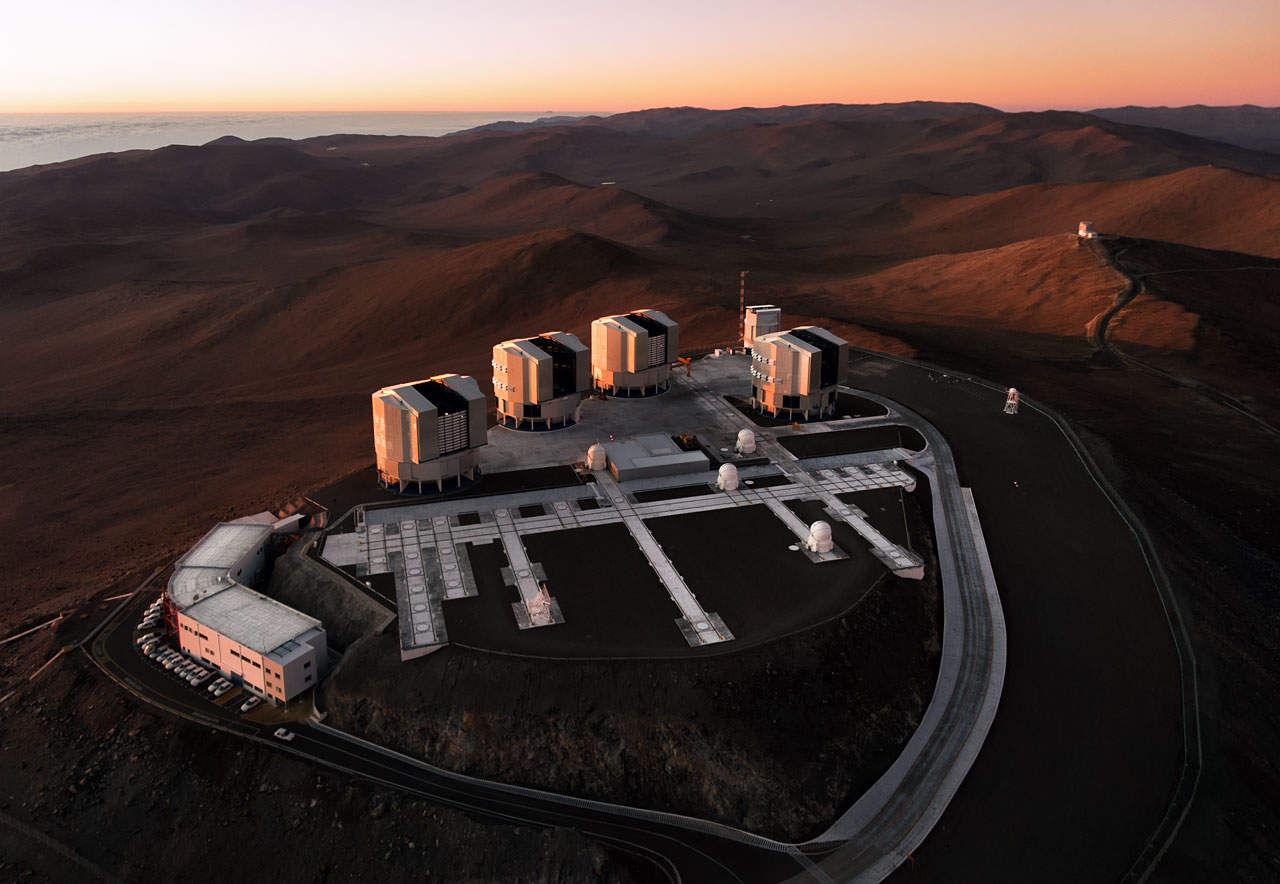US coastal cities face higher 2050 flood risk because they are sinking


New Orleans is at greater risk of further floods than we thought because of ground subsidence
William A. Morgan/Shutterstock
Sea levels are rising faster than expected in coastal cities in the US, largely due to land sinking as a result of the extraction of underground water and fossil fuels. That means, by 2050, up to 518,000 extra people living in these areas could be at risk of significant flooding, if adequate defences aren’t in place.
Coastal cities often experience subsidence – the gradual sinking of land over time. One of the biggest drivers of this is the extraction of resources from the ground, such as water and fossil fuels, which causes the earth to compact.
To investigate how subsidence and rising sea levels will affect coastal communities, Leonard Ohenhen at Virginia Tech and his colleagues created a model based on land elevation changes and projected sea level rise to 2050 of 32 major shoreline cities, including Boston and San Francisco.
The researchers found that those on the Atlantic and Gulf of Mexico coasts, such as New Orleans, had lower elevations and greater rates of subsidence – sinking at least 2 millimetres more per year than cities in other regions, leading to a higher threat of future flooding. Urban areas on the Pacific coast are more shielded from sea level rise, owing to their higher elevation.
“We were surprised to see Biloxi, Mississippi, experienced the greatest rate of subsidence,†says Ohenhen.
They also found that existing assessments of flood risk in the US, which don’t consider the compounding effect of subsidence, underestimate the threat. By 2050, the researchers found that nearly 1400 more square kilometres of land is at risk of flooding than is stated in current estimates, which means that, in all, 1 in 50 people and 1 in 35 homes would be in danger in the 32 cities.
This equates to an extra 518,000 people and 288,000 more homes at flood risk.

The study looked at the flood risk for dozens of coastal US cities by 2050
Image courtesy of Leonard Ohenhen
These findings highlight the urgent need to strengthen US flood defences now, says team member Manoochehr Shirzaei, also at Virginia Tech. “Individual cities will need to take different adaptation measures. For New Orleans, flood defences should be upgraded for the entire city, while San Francisco probably needs to just defend important infrastructure.â€
Other things could also be done to reduce the threat. “Where subsidence is driven by groundwater extraction, oil and gas exploitation, and other anthropogenic stresses, we should be doing all we can to reverse these trends before it is too late,†says Shimon Anisfeld at Yale University.
Topics:
Read the original article here




